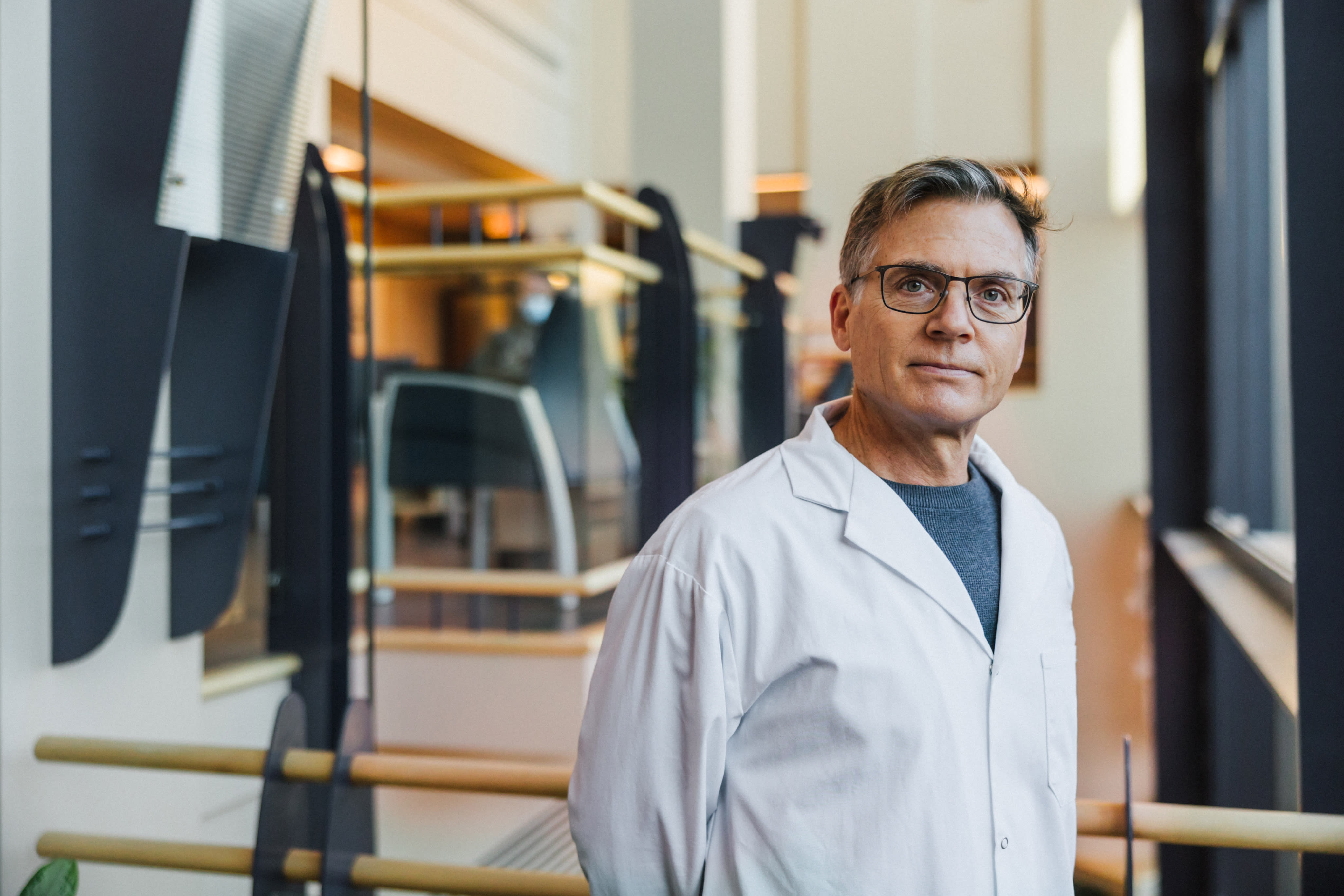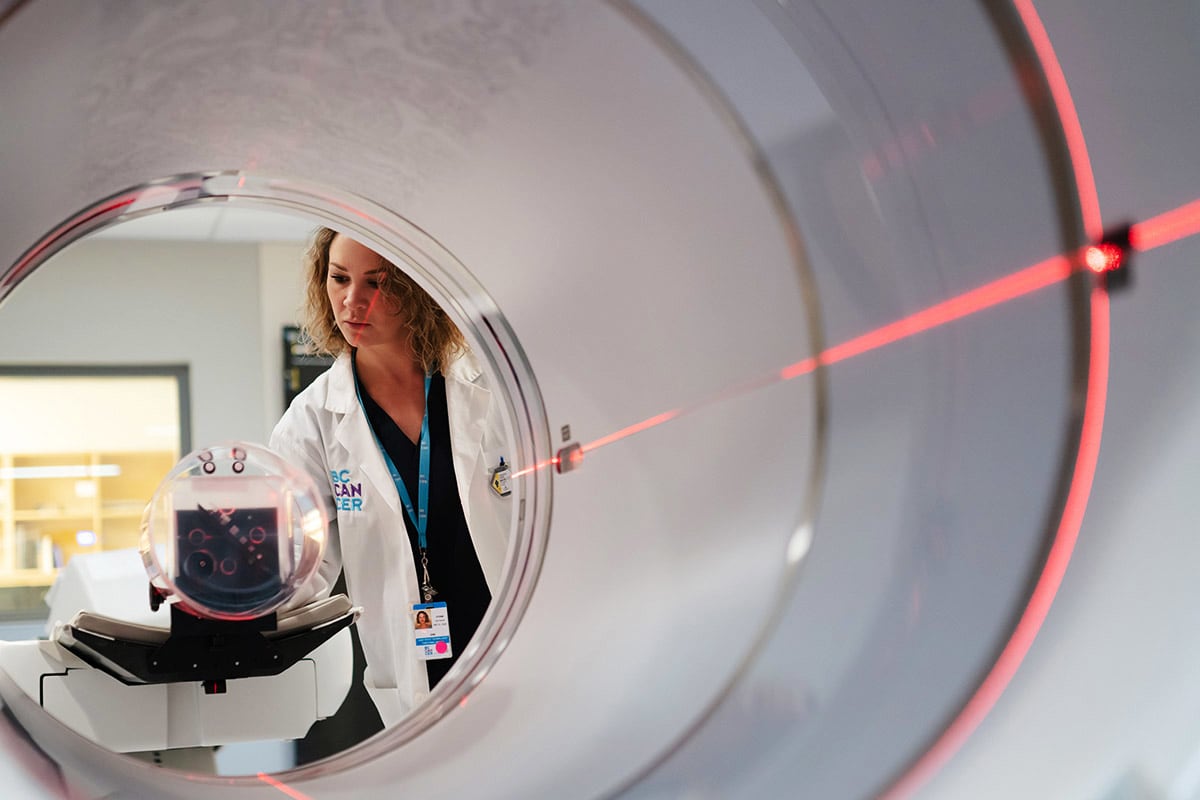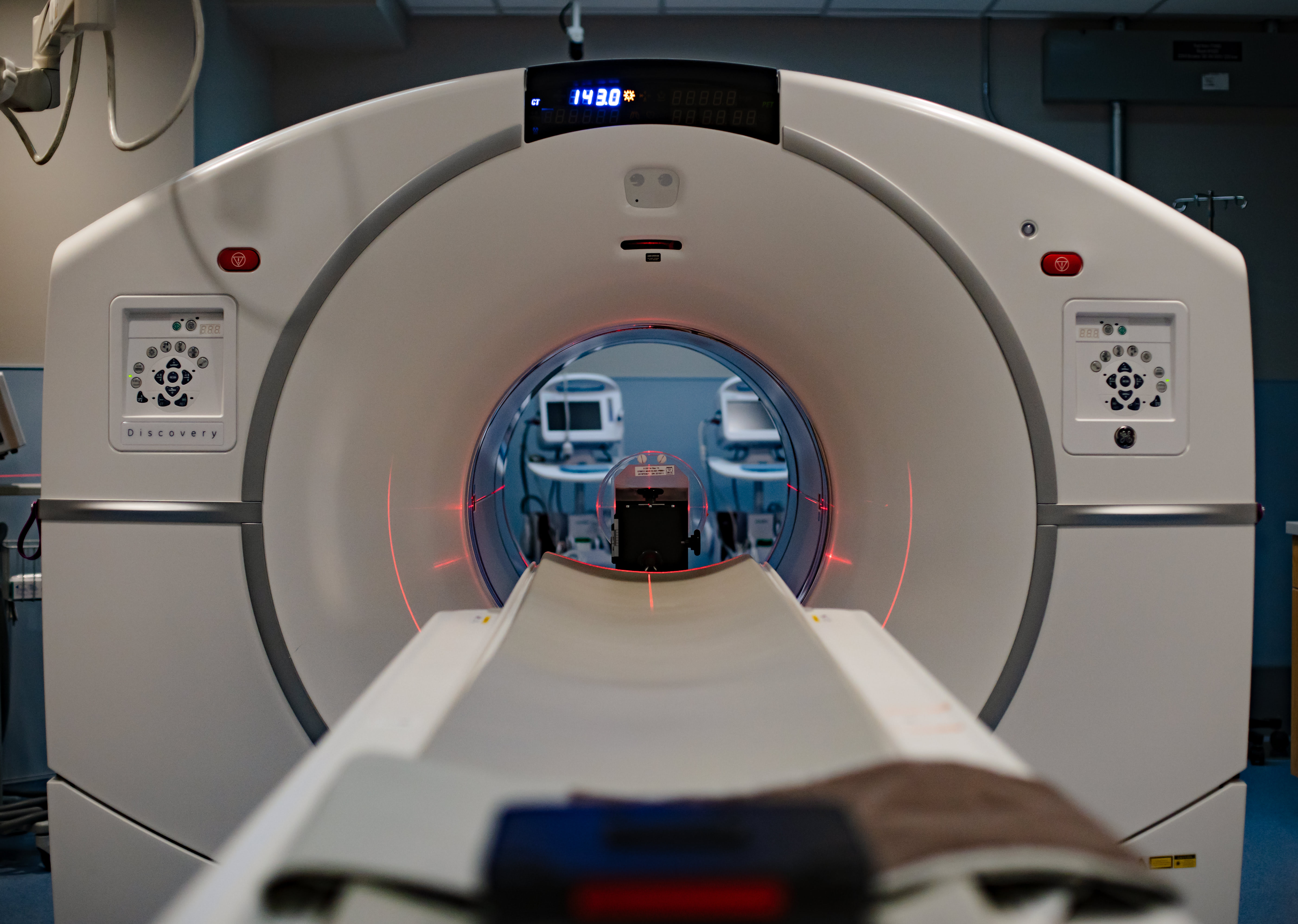Innovative therapies are changing radiation treatment
August 2, 2019
Found in BC Cancer - Victoria, Innovation, Radiation Oncology
Dr. Elaine Wai is a radiation oncologist and head of the radiation therapy department at BC Cancer – Victoria. She has been treating patients with breast and lung cancer, lymphoma and myeloma since 2001.
Dr. Wai plays an active role in clinical research. Some of her studies have been directly funded through BC Cancer Foundation donors and she is motivated by the opportunity to expand the program and options available for patients. Here are her views on the future of innovative therapies.
Our patients face many challenges through their cancer journey. Some of the greatest challenges our patients face are to accept and understand their diagnosis and what it means to them, to get through the treatments and side effects, and then to learn to live well with a history of cancer.
As oncologists, we want to be there for our patients as they face such a difficult time in their life, to help them live well and to have options for them.
Treatments have changed a lot in my time. In radiation oncology, there have been huge advances in computing power and technology. We can deliver more efficient and effective treatments with fewer side effects.
Today, radiation therapy is curative in a number of cancers; for instance cervix, head and neck, early lung, and prostate cancers. Approximately half of the treatments we provide are curative; we’re now even seeing patients with metastatic disease live for years.
INNOVATIVE RADIATION THERAPIES
In thinking about innovative therapies and where we are going, we have new technology, including new imaging, which allows us to see the tumour better when we are mapping out the treatment. We can locate the cancer in a more precise way and shape the radiation beams to target cancers better. These techniques also spare more surrounding tissues, allowing us to deliver a much higher dose to the person’s cancer.
The most exciting innovative therapy in radiation is stereotactic ablative radiotherapy (SABR). The difference between SABR and routine radiation therapy is that it is much more precise, the doses are much higher and the patients receive fewer treatments.
We know that in some cancers SABR works even better than regular radiation and the patient’s visits are dramatically reduced.
FEWER TREATMENTS, LESS SIDE EFFECTS, BETTER OUTCOMES
An example where SABR has made a significant difference is for patients with early lung cancer. Previously we were treating patients every day over four-six weeks, on average they would receive 20 treatments. Now, they come every other day for a week, receiving only 4 treatments.
When we look at the results, the control of the cancer is much better.
For our patients who are travelling from across Vancouver Island to access their care, this dramatic reduction in the number of treatments has made a huge difference from an emotional and general health standpoint and, in many cases, from a financial perspective.
SABR is now a routine treatment for patients with certain types of brain and early lung cancers, now we are trying to identify who else should receive this type of treatment, and in what particular situations.
DONORS ADVANCE CARE
In prostate cancer, a group of BC Cancer oncologists developed a SABR trial for patients with moderate risk prostate cancer. Donors were instrumental in funding the study, which is giving our patients access to leading edge treatment and has allowed us to develop expertise in delivering this innovative radiotherapy in Victoria.
Patient participants receive 5 high dose SABR treatments as opposed to the standard 35. We think that this treatment will be as effective as or better than the standard treatment, and will also reduce travel and possibly side effects.
Another innovative therapy is using SABR for patients with a small amount of cancer that has spread (oligometastatic disease). With the right equipment and technology we can deliver high dose radiotherapy to one or two new spots, and get rid of the cancer cells in that area. While not curative, this type of treatment appears to be helpful in the long term as people are having a long time before needing another treatment option. We’d like to further study this approach to gain a better idea of who exactly will benefit.
MOVING FORWARD
It’s important to advance the science of cancer to give us answers of how to better treat patients, and how to minimize side effects. Clinical research also gives patients access to new therapies, it gives them more choice.
Conducting clinical research at BC Cancer – Victoria improves the overall quality of care as it encourages a culture of people asking questions and trying to answer them!
BC Cancer Foundation is actively raising funds to advance Innovative Therapies at BC Cancer – Victoria and help save more lives. Learn more here.


